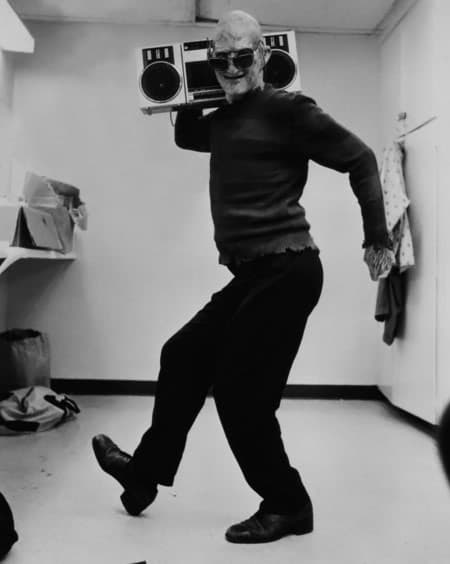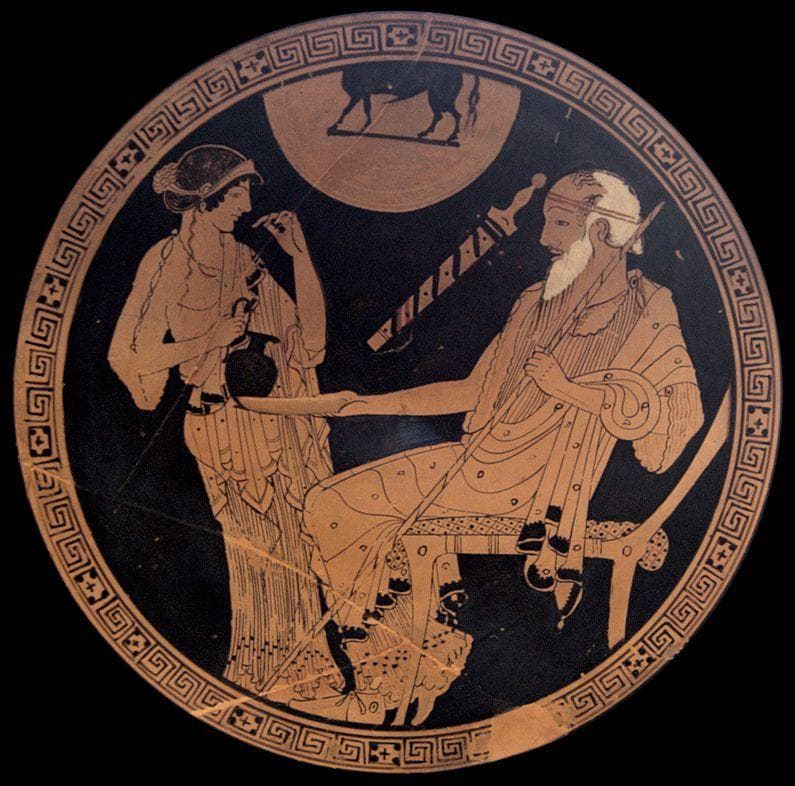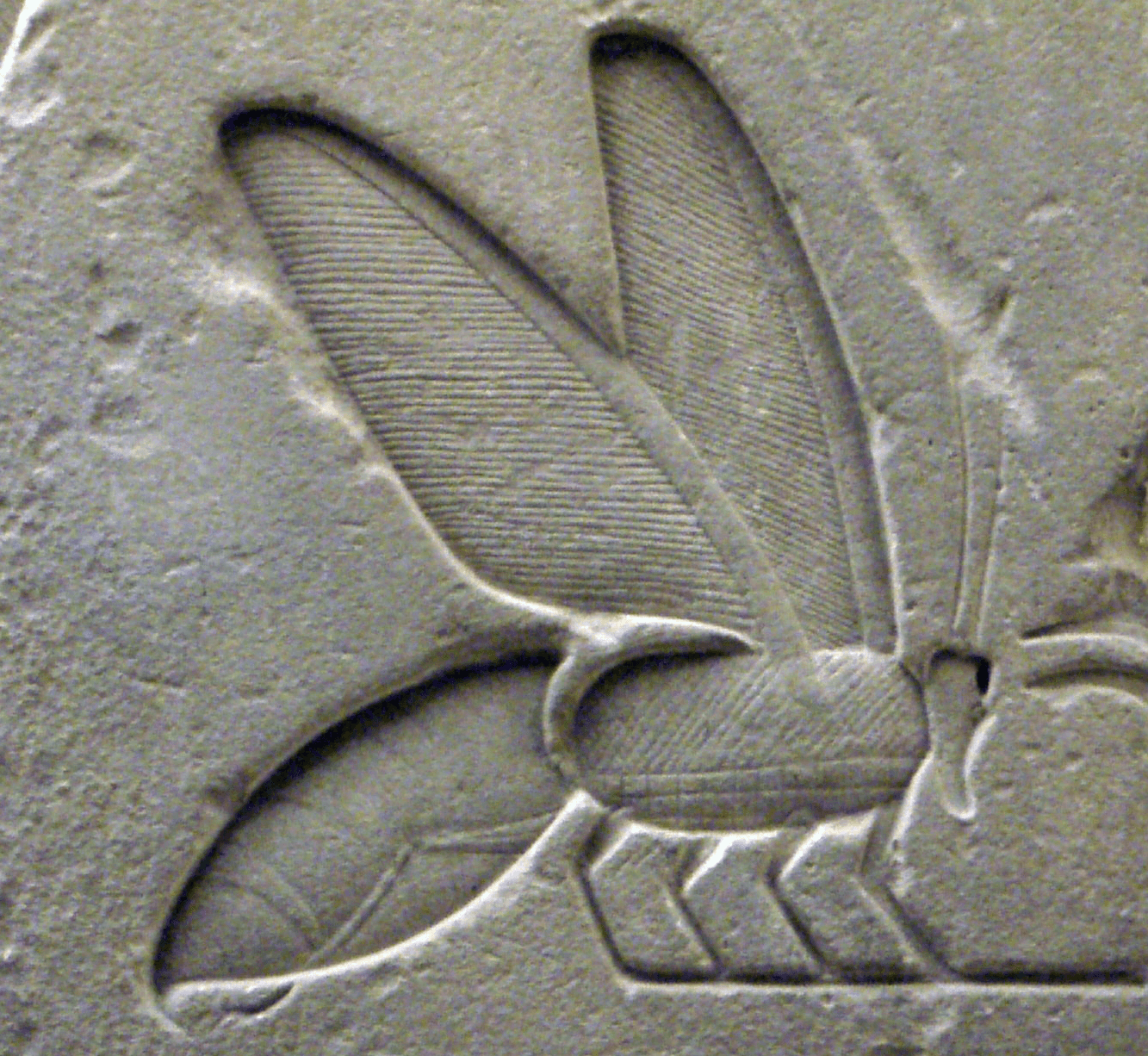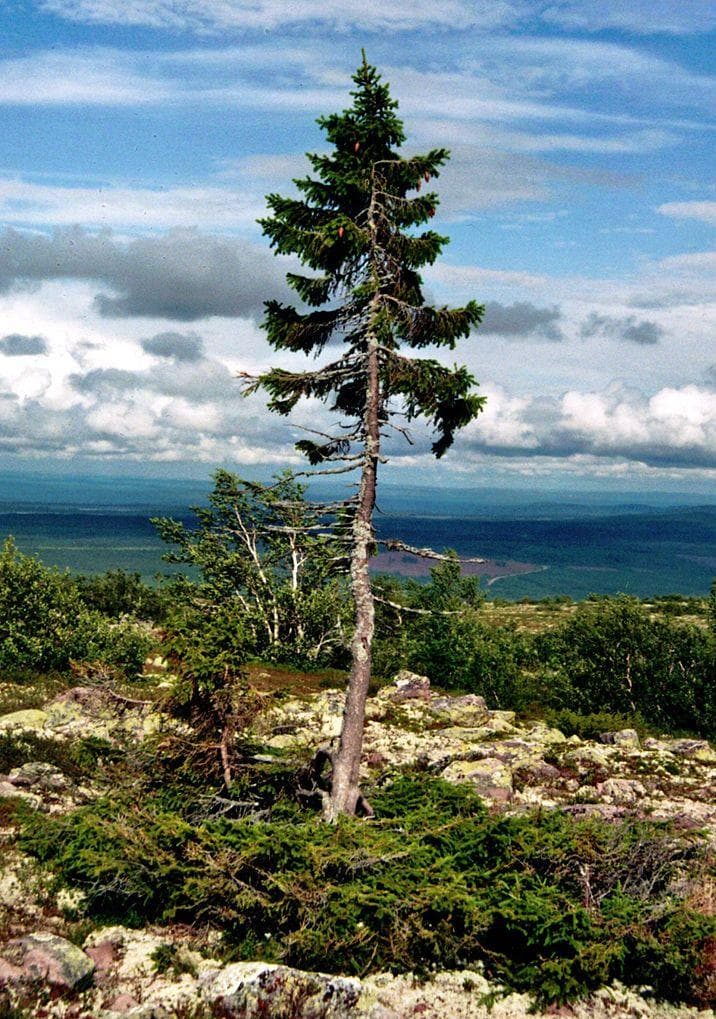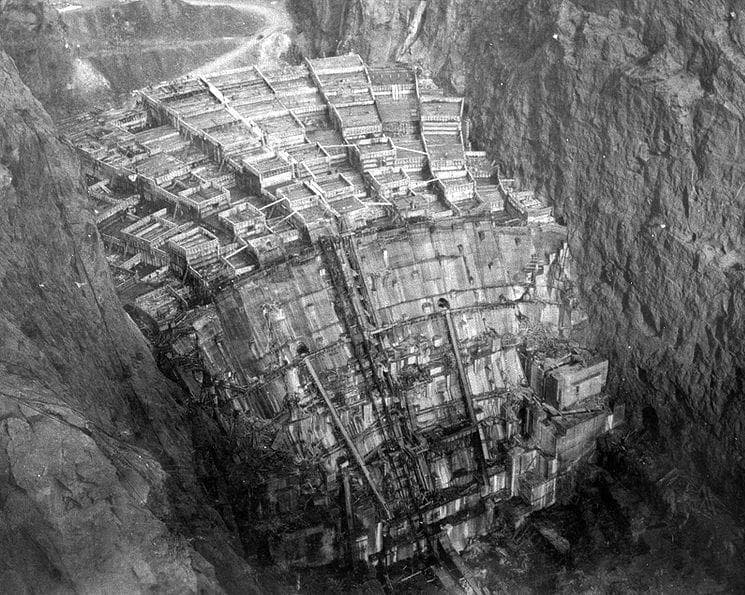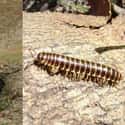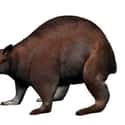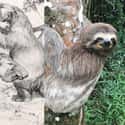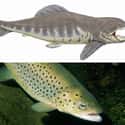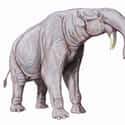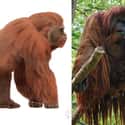-
(#14) Millipede
Millipedes are tiny creatures, but something about their abundance of legs and their scuttling mobility make them creepy. You shouldn’t freak out too much, though, because encountering a tiny millipede is vastly preferable to coming across their prehistoric ancestor, the arthropleura. This creature casually roamed about 300 million years ago and its body, which could reach over six feet in length, was composed of approximately 30 jointed segments
-
(#15) Rabbit
The gigantic, prehistoric ancestor to the modern rabbit is surprisingly unbunny-like. The Nuralagus rex weighed 26 pounds and was about six times bigger than the common European rabbit. If a fancy scientist didn’t confirm it, the kinship between these gargantuan creatures and their small, fluffy modern-day counterparts would be difficult to discern. The Nuralagus rex couldn’t hop, it had very small eyes, and its ears were short and stubby. Their bodies also had a "roly-poly" shape, making their appearance even stranger.
-
(#4) Sloth
Today's sloths are silly, lovable creatures. They move slowly and they’re oddly shaped, but maybe we wouldn’t laugh at them so much if we were familiar with their ancient relatives.
The mighty megatherium was one of the most famous giant mammals to have existed on earth after the extinction of the dinosaurs. When walking on all fours, the megatherium could reach a length of almost 20 feet and could stand on its hind legs to reach a monstrous 13-foot height. Traditionally, research indicates that the megatherium was an herbivore, but some insist that the giant sloth also ate meat and scavenged the bodies of other dead animals, scaring other creatures away.
-
(#6) Fish
Hardly a bright, colorful fish you'd see in a fish tank, the dunkleosteus was a fish that ruled the seas with ferocity and brute strength. As an apex predator, this creature could reach up to 30 feet in length and was able to devour anything that could fit in its jaws. Because of its unmatched power, the only thing the dunkleosteus had to fear were other members of its own species.
-
(#16) Elephant
The modern elephant is already a gigantic creature, so how much bigger could its ancient ancestor be? As it turns out, substantially. The deinotherium (Greek for "terrible mammal") only went extinct about 10,000 years ago. It reached over 16 feet in length, weighed nearly 5 tons, and was one of the largest non-dinosaur animals to ever walk the earth.
Their strangest trait was probably their short, downward-curving tusks. This evolutionary oddity still baffles scientists researching the tusks' purpose. They were one of the only creatures on this list possibly driven extinct by early Homo sapiens, and some theorize that their huge size inspired man’s belief in giants.
-
(#5) Ape
Giant primates are scary enough, but they're nothing compared to the gigantopithecus. Closer in appearance to current imaginings of Bigfoot, this creature stood close to ten feet tall and was known to exist in China, India, and Vietnam. Their diets consisted largely of bamboo, which ultimately became their downfall. Deformed fossils suggest that this creature was severely malnourished, and thus went extinct.
New Random Displays Display All By Ranking
About This Tool
The earth has also gone through more than 4 billion years of change and there is never a lack of ancient flora and fauna which still exist in the world. It has been concluded that most prehistoric animals were larger than modern animals. Fortunately for us, humans can still explore ancient mysterious nature from ancient fossils. It seems that the creatures on land, sky, and ocean were much larger at that time.
The most surprising thing is that some ancient prehistoric animals still have distant relatives living on the planet. The random tool displays 16 compare photos of animals in prehistoric times and today, which prove that most of the prehistoric animals were bigger.
Our data comes from Ranker, If you want to participate in the ranking of items displayed on this page, please click here.



